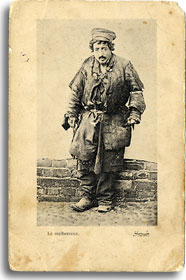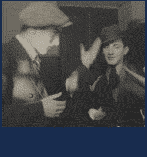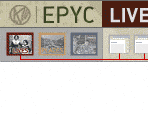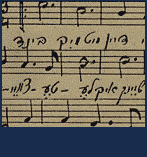

Typical depictions of Warsaw's Jewish community during the last century of its existence contained horrified and hyperbolic accounts of misery and wretchedness. Kurt Aram, a New York Times reporter who visited the city in 1914, couldn't restrain his astonishment at the filth, beggary, and human overcrowding (like "herrings"). "The mass of this population naturally possess but one idea-how to get bread. Their mode of life leaves them no time for any other thoughts," Aram wrote. Regardless of class or occupation, Nalewki Street was the center of neighborhood activities, a hectic thoroughfare awash with shouting peddlers, artisans, the unemployed, and the suspiciously employed. The great Yiddish writer Isaac Bashevis Singer described Nalewki as a dizzying boulevard,
"lined with 4- and 5- story buildings with wide entrances, plastered with signs in and buttons, umbrellas and silk…Wooden platforms were piled high with wares...At the entrance to a store a revolving door spun around, swallowing up and disgorging people as though they were caught up in some sort of mad dance."
In the 1930s, 75 percent of Warsaw's Jews lived in poverty. As a consequence of this, black markets and underworld ventures operated everywhere. Despite the poverty, and all the harsh conditions that might catch the eye of a visiting reporter, Warsaw was a major cultural center. The northwestern part of the city was also home to Warsaw's Jewish middle and upper-class elites, who constituted a relatively small number, but were a key part of the city's bourgeoisie. Warsaw Jews were heavily represented in trade and industry, at all rungs of the economic ladder, from street-peddlers and cigar rollers, to established craftsmen, bankers and entrepreneurs. This section of the city was a major center for manufacturing of all kinds, but textiles and tobacco processing were particularly important and employed thousands.

















